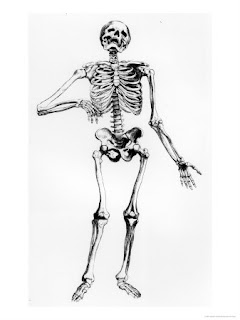Week 8
1. High Altitude is a major environmental stress for humans. It is stressful for two reasons. First, the extreme changes in climate from night to day; and second, the fact that the air pressure is decreased. This environmental stress negatively impacts the survival of humans because of the decreased air pressure. This means that it is difficult for us to take in oxygen which can result in hypoxia. Also, in sefsrious cases, pulmonary edema and cerebral edema can develop which can lead to death very quickly.
2. Short-term adaptation: Increase in breathing and heart rate. Pulse and blood pressure pump harder to get more oxygen.
Facultative adaptation: Acclimatization takes place. When this happens, more red blood cells and capillaries are produced to carry more oxygen. Then the lungs increase in size to facilitate the osmosis of oxygen and carbon dioxide.
Developmental adaptations:
The primary solution of Indians from the high mountain valleys in Peru and Bolivia has been to produce more hemoglobin in their blood and to increase their lung expansion capability. Usually also there is increased blood flow near the skin surface. Also Tibetan villagers who live above 15,000 feet show to have 10 oxygen-processing genes not found in lowland populations.
Cultural Adaptations:
Mountain climbers use oxygen tanks to help for breathing in when in high altitudes. For permanent settlers, the control of fire, a tool kit, and protective complicated clothing are important cultural adaptations that take place.
3. The benefit of studying human variation across environmental clines is to better understand our world. Using this method we can understand the differences of people living in completely different settings, and why or how they live where they are. This is very helpful because we can be knowledgeable about these different stresses and what we can do to get protect ourselves against them. That is how this information is can be used in a productive way for us. To use the information gathered and better prepare if ever being faced with any of these stresses.
4. Using race to understand human variation of adaptations is not an accurate especially when compared to environmental influences. There are different races everywhere, especially in America. There is no way we can possibly use race to study human variation through race when the world is do diverse. Environmental influences involve different issues coming up that call for humans in general(not specific races) to adapt. Observing how humans adapt based on those environmental influences is therefore a much more accurate form of studying human variation.












